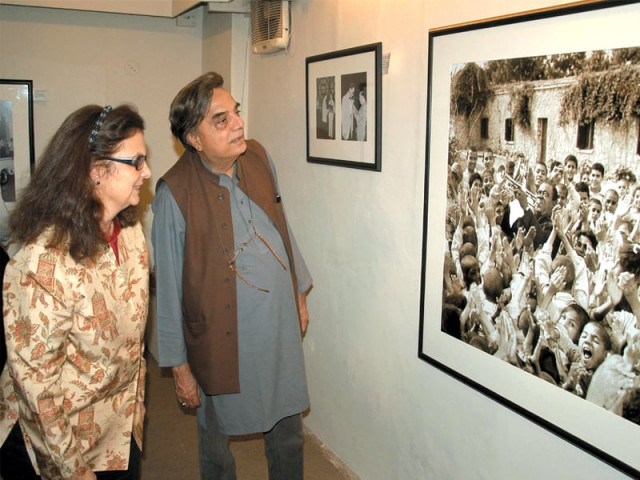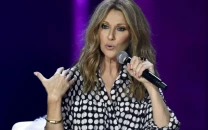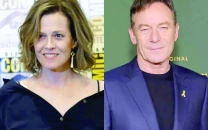All that jazz
The American genre has become a part of Pakistani culture.

More than 50 years ago, at the height of the Cold War, there was little room for intercultural dialogue; but then came jazz.
The genre took the Americans by storm and most importantly became a source of empowerment for the African-Americans, who had absolutely no recognition in the media till that time, according to Richard A Greenwald’s book Exploring America’s Past: A reader in Social, Political and Cultural History 1985 — present.
Jazz is quintessentially American culture, and the US government used it to strengthen ties — that had been weakened by the Cold War — through this genre, according to kennedy-center.org. It represented a fusion of African and African-American cultures along with other traditions and was considered a democratic art form because of its popularity among all classes and races in America. Therefore, the main aim of sending out jazz artists to other countries was to send the message of peace and harmony that had been disturbed while the war was on.
Jazz was to help people understand the open-mindedness and the creative sensibility of the country. The first Jazz Ambassadors programme occurred in Pakistan and included jazz icons, Quincy Jones, Dizzy Gillespie, Duke Ellington and Dave Brubeck. This journey left a positive impact on Pakistan’s music. A minority community in Karachi understood jazz, which meant that the ambassador’s programme had been a success. Soon after, in late 1950’s and 1960’s, Jazz culture started flourishing in Pakistan.
The Ari Roland Quartet first came to Pakistan in 2009 and then returned in 2011, in the hopes of neutralising some of the misconceptions Pakistan and America may have about each other. The quartet performed at local venues and received great appreciation and before leaving recorded a Jazz version of “Dil Dil Pakistan” that is now widely available as a mobile phone ringtone.
This year, the US Consul General Lahore, Nina Fite paid an ode to the jazzed-up era and launched a groundbreaking exhibition, ‘Jam Session: America’s Jazz Ambassadors Embrace the World’ at Nairang Art Gallery in Lahore on May 22, 2012. “Although its origins are in the United States, jazz has become an international art form, performed and enjoyed across cultures, languages, and musical traditions,” says Nina Fite. “Jazz holds the perpetual promise of bridging gaps between people, elevating our shared aspirations and providing a common platform for our cultural traditions.”
The Jam Session exhibition includes 55 framed images and documents of musicians visiting 30 countries in four continents. Millions of people attended these concerts and were thrilled by the styles and variations of this American art form.
Even though the ambassadors left, their efforts still echo in Pakistan and continue to work towards promoting harmony via jazz music. One such example is the Sachal Orchestra. According to an article ‘A meeting with melody’ published in The Express Tribune, the orchestra recently released Sachal Jazz: Interpretations of Jazz standards and Bossa Nova — a 50th anniversary tribute to Dave Brubeck Quartet’s Take Five, Time Out album 1959 -2009 in May. Izzat Majeed, who co-founded the studio with Soofi, says, “Sachal Studio is simply about finding Pakistan through the melodies of music.”
Published in The Express Tribune, May 30th, 2012.



















COMMENTS
Comments are moderated and generally will be posted if they are on-topic and not abusive.
For more information, please see our Comments FAQ